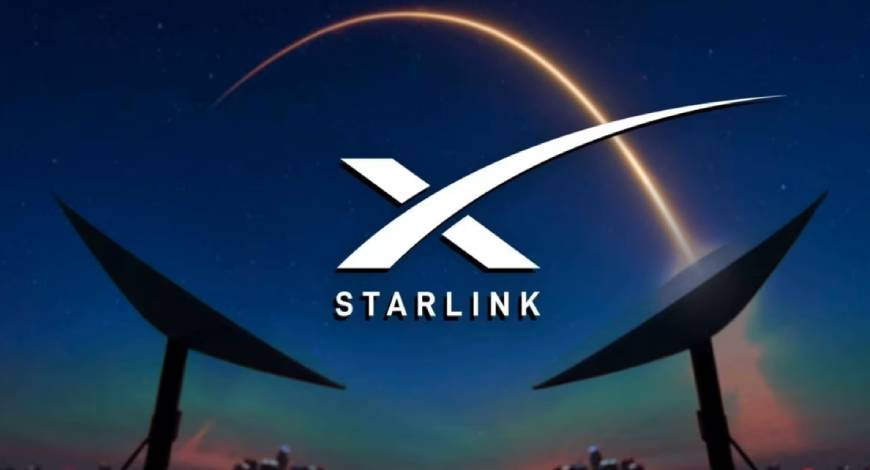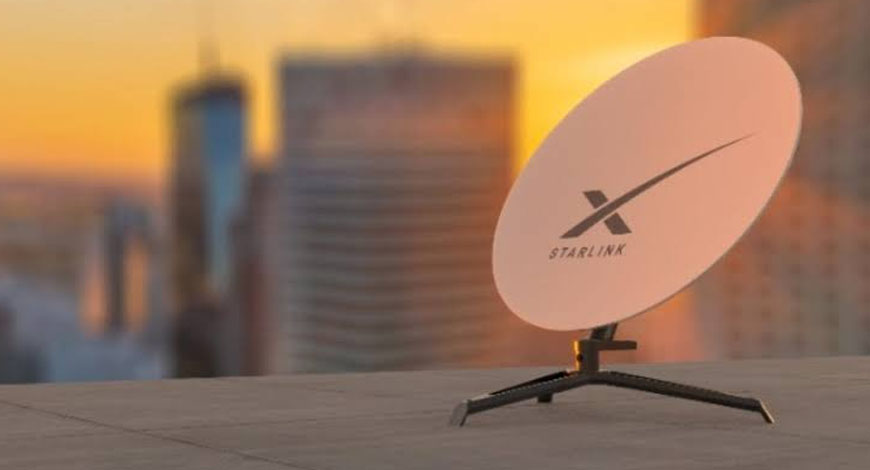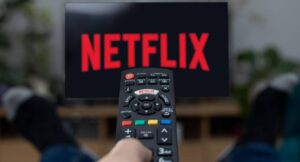With niche streaming platforms, including international players like Apple TV+ and regional services such as hoichoi and Chaupal, now bundled into popular aggregation services, industry experts see an opportunity for these platforms to move closer to the mainstream in a cluttered OTT economy.
Bundling through services like Prime Video Channels has helped many platforms reach beyond their core linguistic audiences. For instance, Apple TV+ is now accessible to users outside its traditional, urban, upmarket base, while names like hoichoi and Chaupal are being discovered by non-Bengali or Punjabi viewers.
“Aggregation has proven instrumental in expanding our footprint beyond core markets,” Soumya Mukherjee, chief operating officer of Bengali streaming service hoichoi, said. “For hoichoi, being part of Amazon Channels has allowed us to tap into new user cohorts, especially in regions where Bengali isn’t the primary language. These partnerships enhance discoverability, leading to higher engagement and time spent from previously untapped audiences.”
Aggregation has the potential to be a strategic catalyst for language platforms like hoichoi, both in terms of visibility and business outcomes, Mukherjee added.
Local to global
By being part of larger aggregator ecosystems, regional services gain access to a much broader and often more diverse audience segment, many of whom might not have previously engaged with regional-language content directly.
According to the Ormax Audience Report 2024, 42.2 million of the 150.6 million SVoD (subscription video-on-demand) audiences have access via B2B subscriptions.
Keerat Grewal, head – business development (streaming, TV and brands), Ormax Media emphasized that while aggregation lowers average revenue per user or ARPU, it helps in sampling and reach for niche platforms like Apple TV+ as well as regional platforms seeking to expand their base.
Charu Malhotra, co-founder and managing director, Primus Partners, a management consultancy firm, said aggregation platforms use AI-powered personalisation that recommends niche content and also adapts to user patterns.
Platforms integrated into aggregator apps have seen up to 35% higher engagement in tier-two and tier-three cities compared to when they operated as standalone apps.
Aggregation is not just a content strategy, but also a market-entry and brand-building strategy, she said. Once niche platforms gain visibility and user interest through aggregators, they also witness more direct app downloads and even social media traction. This eventually leads to a dual-revenue model, combining aggregator licensing and direct subscription, according to Malhotra.
“Aggregation by bigger platforms like Prime Video Channels, Tata Play Binge, or Airtel Xstream gives niche players a solid push by offering distribution through a single app,” said Mahesh Sharma, president- strategic revenue partnerships at Chaupal, a platform specializing in Punjabi, Haryanvi and Bhojpuri content.
In a market like India, where users are selective about the apps they keep, due to limited phone storage, being available through an already installed, trusted app helps. It increases visibility, adds a trust factor, and boosts reach, he said.
Bundled and discovered
Aggregation helps break geographical and language boundaries. When a regional or niche platform becomes part of a larger app ecosystem, it reaches non-traditional markets, he added.
“Chaupal may start seeing engagement from cities where Punjabi isn’t the main language, simply because users are curious or exploring content across categories. Similarly, Apple TV+ might get discovered in smaller towns where people might not have gone out of their way to subscribe separately,” Sharma said.
So, while the platform might already have a strong name in its core market, aggregation opens it up to a wider audience, and often leads to increased time spent and engagement as users sample content they wouldn’t have otherwise tried, he added.
Industry experts emphasize that aggregation can definitely help build brand familiarity, which in turn can lead to direct subscriptions in the long run. However, India remains a price-sensitive market. So, while aggregators give visibility, their impact on conversion depends on whether the niche service can stand out and justify its value.
“Aggregation definitely has the potential to bring niche platforms into the mainstream spotlight,” said Kaushik Das, founder and CEO of AAO NXT, an Odia content platform.
By being part of a bigger ecosystem, smaller or regional platforms gain more credibility and reach, which can lead to increased direct subscriptions over time. “It also signals to investors and industry stakeholders that there is a growing appetite for diverse content, potentially driving bigger investments into India’s digital entertainment sector,” he added. LiveMint








